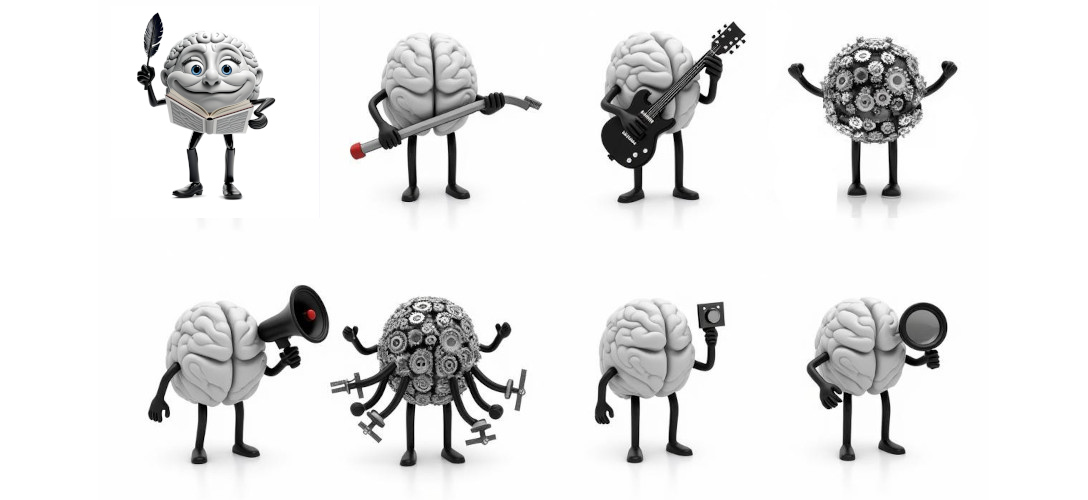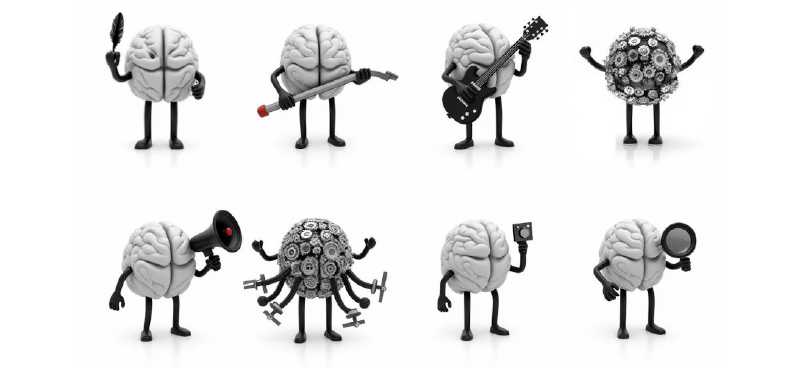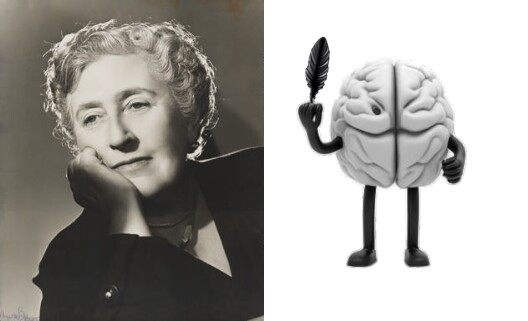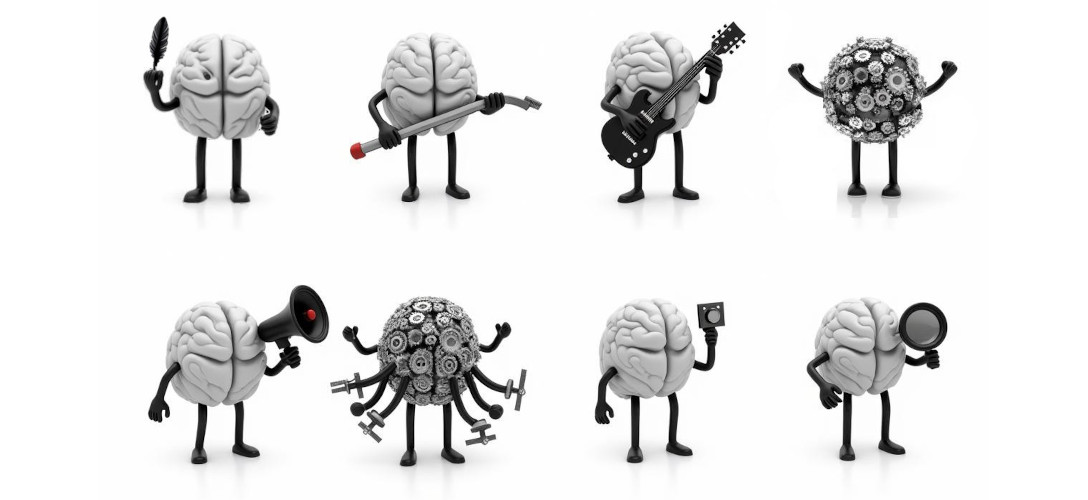
Transforming Our Brainies: AI Image Manipulation Experiment - 1 / 5

Transforming Our Brainies: AI Image Manipulation Experiment - 1 / 5
Part 1: Introduction to AI Image Manipulation & Our Brainy Transformation Project
Introduction
At System in Motion, we’re always exploring how AI can enhance business processes - including branding. Our mascot, the Brainies, represents intelligence and innovation, but after a thorough weakness analysis by Manus, we identified areas for visual improvement. To test AI’s capabilities in refining Brainy, we’re launching a 5-part experiment using 13 cutting-edge AI image manipulation tools.
In this first article, we’ll:
- Explain why we’re optimizing Brainy’s design.
- Introduce the AI tools we’ll test.
- Outline our methodology for comparing results.
Our primary goals are to identify the AI tool that best enhances the Brainies through techniques like inpainting, style transfer, or detail refinement, and to have better Brainies.
Why Improve the Brainies?
The Findings from Manus’ Weakness Analysis
We first created our mascots with Flux in a single batch to achieve visual consistency. We then used Manus to generate a weaknesses report , based on a very thorough report of Mascot design and visual identity. Manus identified 40 weaknesses, refined to five key recommendations:
- Add consistent facial features - Incorporate expressive eyes and mouths on all mascots to dramatically increase approachability, emotional connection, and memorability. Facial expressions are crucial for creating personality and building trust with your audience of established businesses.
- Implement a strategic color system - Move beyond the monochromatic scheme by introducing a professional color palette that maintains consistency while differentiating each mascot. Use colors that reflect your brand values (Quality, Trust, Clarity, Leadership, and Transformation) while increasing visual impact and recognition.
- Create visual hierarchy and relationship - Establish a clear leader mascot that represents the human user/brain, with the other mascots visually connected as AI assistants. This would better communicate your brand promise of “empowering businesses with AI mastery” and show the human-AI collaboration aspect.
- Refine design consistency - Standardize the design language between the anatomical brains and mechanical brains to create a more cohesive mascot family. Either evolve all mascots to a consistent style or create a clear visual system that explains their relationship.
- Add professional context elements - Incorporate subtle visual elements that connect to business settings and AI implementation (like business attire elements, digital/tech visual cues, or professional environments) to increase relevance to your target audience of established companies seeking AI integration.
But, before we start, we have some preparation work.
Preparation Step: Naming the Brainies
To improve on two key dimensions of mascots (approachable and memorable), and as one key feedback is give mascot human features, we first decided to give first names to the Brainies. We tasked DeepSeek R1 with identifying famous individuals whose traits align with each Brainy’s unique genius. After a few adjustments, here is list we can out with:
| Name | AI Model | Inspiration |
|---|---|---|
| Agatha Brainy | Text AI Model | Agatha Christie , queen of storytelling. |
| Frida Brainy | Image AI Model | Frida Kahlo , iconic visual artist. |
| Marylin Brainy | Video AI Model | Marylin Monroe , movie icon. |
| Ada Brainy | AI Agent | Ada Lovelace , pioneer software engineer. |
| Morgan Brainy | Voice AI Model | Morgan Freeman , iconic narrator. |
| Larry Brainy | AI-Based Search | Larry Page , Google co-founder. |
| Wolfgang Brainy | Music Model | Wolfgang Amadeus Mozart , Austrian composer. |
| Aristotle Brainy | Reasoning Model | Aristotle , founder of logical reasoning. |
Ladies First - We’ll start with Agatha Brainy
We will start with our first Brainy, representing a Text Model. As we choose Agatha Christie as the inspiring we need the Brainy to have recognizable features of:
- Based on pictures of Agatha Christie at the peak of her fame,
- Capture her blue eyes, and as many facial expressions we can,
- Add a stack of books, and maybe replace the quill with a pen,

Reference: Agatha Christie - by Angus McBean - bromide print, 1949 - NPG P294
The 13 AI Tools We’re Testing
Here are the 13 tools we have identify through a simple web search:
- Flux Image to Image
- cgdream
- Think Diffusion
- Fotor - inpainting
- Photoeditor.ai
- Consistory
- Phot.ai - inpainting
- GetImg - inpainting
- KlingAI - Kolors 1.5
- Dezgo - image2image
- Midjourney
- OpenArt - AI image inpainting
- Recraft
We minimized pre-selection time because:
- platform advertisements are always positive,
- we will test how easy it is to go from idea to bad results, to good results.
- we wanted a variety of tools, ranging from gimmicky to professional.
Our Testing Methodology
Our Objectives - Deliverable
We want to incorporate new features, colors, accessories, facial expression into Agatha Brainy. We need to maintain the general shape of the Brainy, so there is consistency between in the series of Mascot. We should have a resulting mascot that is more appealing, correct all the mistakes highlighted by Manus in its analysis. We will collect our best creations from each platform and submit all the results to Manus for an analysis of the mascot’s quality; the AI will judge the other AIs.
Constraints we Impose for the Test
We will
- only use free credits given by the platform. It is important for AI tools to give enough free credits at the beginning to test their technology in depth,
- first explore the interface and implement one change to our Brainy,
- read a single article on image manipulation on this platform if we fail,
- limit testing to 60 minutes per platform to simulate real-world user experience and assess ease of use.
Conclusion
This experiment isn’t just about refining the Brainies - it’s about demonstrating AI’s power in brand asset optimization. Many companies struggle with outdated visuals, and AI offers a fast, cost-effective way to modernize them.
In part 2, we dive into Flux, cgdream, and Think Diffusion, testing their image-to-image capabilities. Will they enhance the Brainies’ features while preserving their essence?
We are Here to Empower
At System in Motion, we are on a mission to empower as many knowledge workers as possible. To start or continue your GenAI journey.
You should also read


Transforming Our Brainies: AI Image Manipulation Experiment - 2 / 5
Article 10 minutes readLet's start and accelerate your digitalization
One step at a time, we can start your AI journey today, by building the foundation of your future performance.
Book a Training